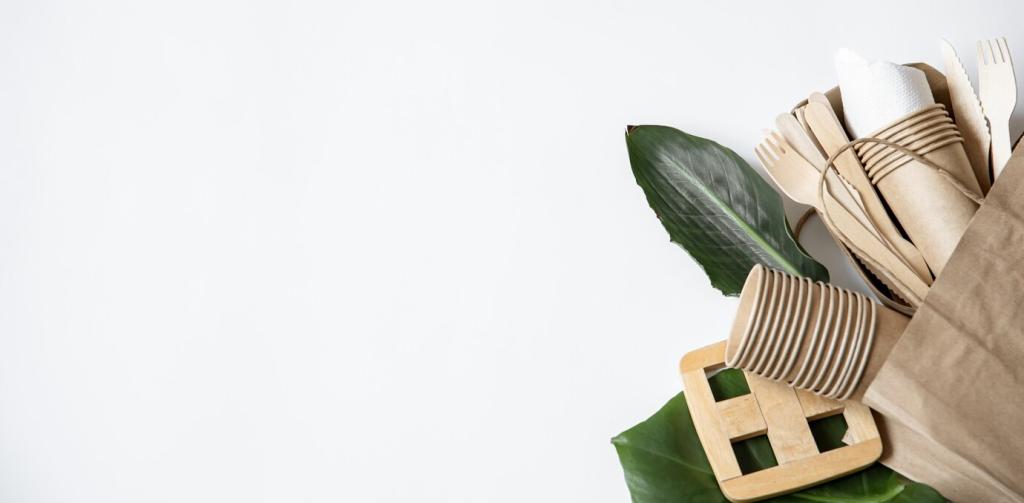Chosen theme: Natural Cleaners for Furniture Care. Welcome to a home-friendly approach that protects your furniture, your air, and your budget. From time-tested pantry staples to thoughtful routines, we’ll help you clean with confidence and heart—no harsh fumes, no mystery ingredients. Join our community, share your wins and questions, and subscribe for new recipes that keep your favorite pieces glowing.
Why Natural Cleaners Belong in Your Furniture Routine
Synthetic cleaners can add volatile organic compounds to indoor air, and that irritation lingers long after you cap the bottle. Natural substitutes keep spaces clearer, especially for allergy-sensitive households. Notice fresher rooms after switching? Tell us what you’ve changed, and we’ll feature your story in our next roundup.


Why Natural Cleaners Belong in Your Furniture Routine
Strong solvents can strip protective oils from wood, cloud lacquer, and fade upholstery dyes. Thoughtfully diluted natural formulas break down dust, oils, and spill residue without bullying delicate finishes. Last spring, a reader revived an antique oak side table using a light, citrus-infused dusting spray—its patina returned, not the stickiness.
Pantry Staples That Do the Heavy Lifting
Mild acetic acid dissolves mineral spots and dulling residues. Start with a 1:3 vinegar-to-water dilution for most sealed surfaces, and always spray onto a cloth, not directly. Skip vinegar on stone or freshly waxed finishes. Experiment with ratios, then comment with your favorite balance for dust and smudges.


Pantry Staples That Do the Heavy Lifting
A light sprinkle pulls odors from fabric and upholstered cushions, while a soft paste helps lift mug-ring residue from coasters and table protectors. Keep abrasion minimal and avoid high-gloss or soft finishes. Test first, work with the grain, and vacuum thoroughly after deodorizing to avoid powdery residue.
Wood Furniture: Recipes and Rituals
Combine 1 cup distilled water, 1 tablespoon olive oil, and 8–10 drops lemon essential oil if desired. Shake before each use and spritz onto a cloth, never the wood. Wipe along the grain for a soft glow and uplifting scent. Save this recipe card and subscribe for seasonal variations with orange or rosemary.
Wood Furniture: Recipes and Rituals
Melt 1 part beeswax with 3 parts jojoba oil over low heat, cool, then massage a pea-sized amount into dry, clean wood. Buff with a fresh cloth until the surface is silky and non-greasy. A reader revived a parched maple dresser in two gentle sessions—no greasy film, just quiet luster.
Upholstery and Fabric: Fresh without Harshness
Moisten a white cloth with your chosen solution and dab an unseen area, checking for dye transfer. If color bleeds, stop. Even safe ingredients can be too strong for certain weaves. Blot stains from the outside in, then lift with minimal moisture. Share your fabric type and results so we can tailor tips.
For musty cushions, sprinkle an even layer of baking soda, gently work it into the fabric, and let it sit overnight. Vacuum thoroughly using an upholstery tool. For a calming scent, pre-mix soda with a few drops of lavender essential oil in a jar. Tell us which blends make your living room feel new.
Lightly mist upholstery with a 1:4 vinegar-to-water spray, then follow with a garment steamer to lift odors and relax fibers. Avoid silk, rayon, or water-sensitive blends. Keep the fabric barely damp, not wet. This combo refreshed a thrifted armchair in our studio in under thirty minutes—no perfumey cover-up.


This is the heading
Lorem ipsum dolor sit amet, consectetur adipiscing elit. Ut elit tellus, luctus nec ullamcorper mattis, pulvinar dapibus leo.

This is the heading
Lorem ipsum dolor sit amet, consectetur adipiscing elit. Ut elit tellus, luctus nec ullamcorper mattis, pulvinar dapibus leo.
Pick a hidden spot, apply a tiny amount of your cleaner, and wait through a full day-night cycle. Check by touch and light. Record results in a simple care journal, noting dilution and cloth type. Want our printable template? Subscribe and we’ll send an organized starter set for your home routine.
Safety, Storage, and Smart Habits
Use amber glass or sturdy, reusable plastic. Write the recipe, dilution, and made-on date. Add storage notes like “shake before use” or “keep cool.” This habit once saved us from spraying vinegar on a freshly waxed table—labels prevent mistakes when bottles look similar on a busy cleaning day.
Safety, Storage, and Smart Habits
Sustainable Sourcing and Routine
Bulk Buying and Refills
Refill castile soap, vinegar, and baking soda at local co-ops or bulk stores to cut packaging and cost. Bring labeled containers and track how long refills last. Consider neighborhood sharing of little-used items like wax pellets. What refill options does your town offer? Comment to build a collective map.


Citrus Vinegar Infusions from Scraps
Save lemon and orange peels, cover with white vinegar in a jar, and steep two weeks. Strain, dilute, and enjoy a bright, kitchen-friendly cleaner. The scent feels sunny on gloomy afternoons, and it cuts fridge fingerprints beautifully. Tell us your favorite peel combinations and how you label your infusions.
